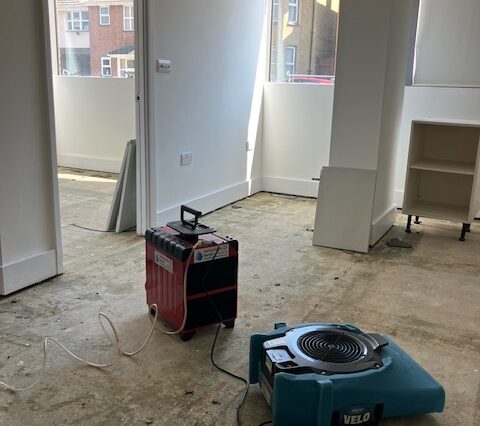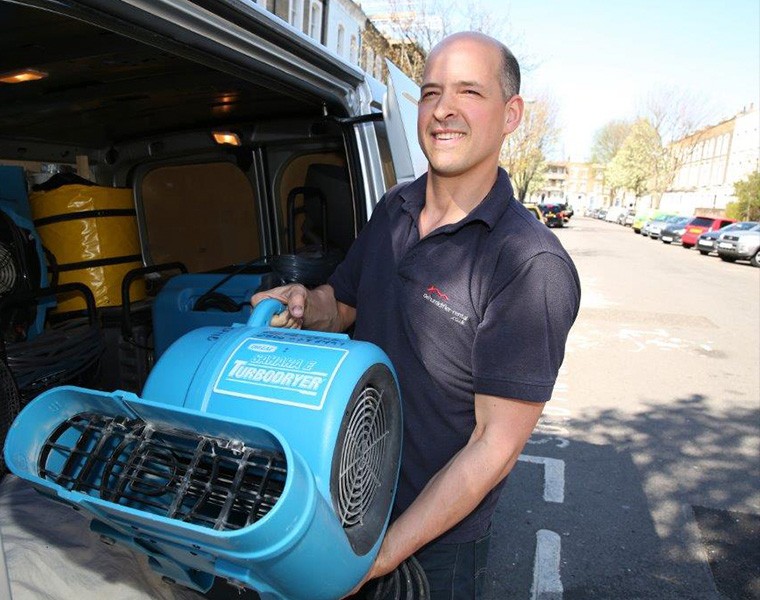
Where should I position a dehumidifier?
To position a dehumidifier effectively, it should be placed in the centre of a room for optimum airflow and to prevent restricted airflow by walls or furniture.
Consider placing it near the source of moisture, such as kitchen or bathrooms. When the dehumidifier is being used, windows and doors should be kept closed to prevent loss of dry air, also to recycle the same air to make it drier and drier.
More detailed information would include:
- Central location for air circulation:
- A central placement, away from walls and furniture, allows for proper air circulation around the dehumidifier.
- This ensures the unit can effectively draw in moist air and expel dry air.
- Close to moisture source:
- If you have a specific area with high moisture, place the dehumidifier near it. Water damage from a leak or water ingress should be targeted by the dry airflow from the dehumidifier.
- For general humidity control, the dehumidifier should be placed nearest to the worst affected room or moisture source such as bathroom or kitchen.
- This allows the dehumidifier to target the dampest areas and work most efficiently.
- Clear airflow and obstructions:
- The dehumidifier’s air intake and outlets shouldn’t be restricted by walls or fixtures and fitting.
Maintain a space of at least 15 cm between the unit and surrounding objects.
- The dehumidifier’s air intake and outlets shouldn’t be restricted by walls or fixtures and fitting.
- Closed environment:
- Keep windows and doors closed when the dehumidifier is operating to maximize its effectiveness.
- This creates a closed system, preventing the unit from working against outside moisture, or diluting the dry air into adjoining rooms.
- Specific considerations:
- Large spaces:
If you’re dealing with a large space, consider placing the dehumidifier in a central location or near the primary moisture source. - Continuous drainage:
If your dehumidifier has continuous drainage, ensure there’s a drain nearby for the hose. Many industrial dehumidifiers (such as the ones we hire) have a water pump out for automatic drainage, therefore no attending to the dehumidifiers is required. - Use of fans to speed up drying:
It accelerates drying to generate extra airflow from powerful fans. In a large space we would recommend at least two fans, on opposite sides of the room and facing in opposing directions, to create a circular airflow.
Damp patches such as in walls from pipe leaks or penetrating dampness, can be addressed with a fan directing flow of dry air (from the dehumidifier) against the affected area. - Use of heaters:
Warmth helps speed up the evaporation of moisture from affected materials. Increasing ambient temperature to around 25c – 30c will help significantly accelerate drying.
- Large spaces:
In summary:
-
- Position the dehumidifier in a central location with good airflow.
- Place it near the source of moisture.
- Keep windows and doors closed.
- Ensure the unit’s air vents are not blocked.
- Consider use of fans and heaters together with dehumidifiers.
For more information on what dehumidifier and drying equipment hire is needed to dry your property, or how to fix water damage, do contact us for free advice. We always welcome a photo of damp areas, so we can recommend suitable equipment!
 020 7760 7660
020 7760 7660